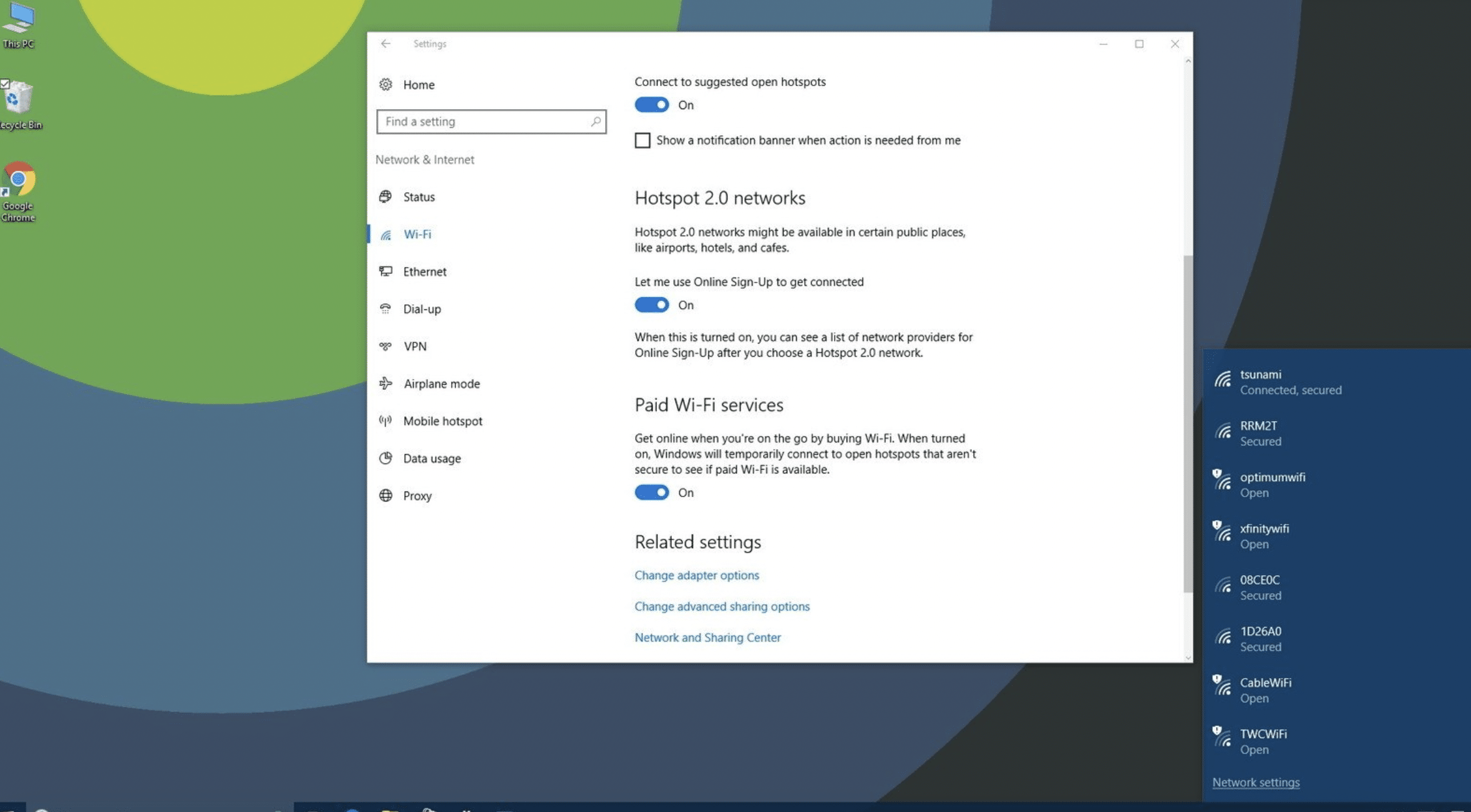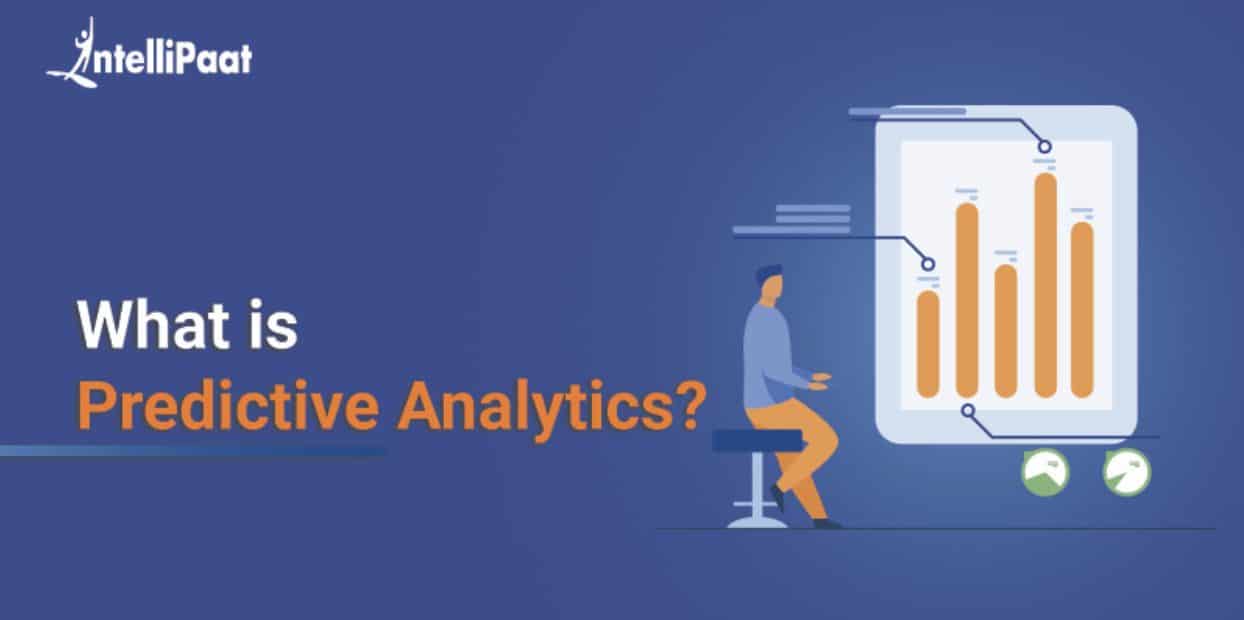Do you know what hotspot 2.0 is and why it is essential for your business? Are you aware of the fact how hotspot 2.0 has revolutionized the public Wi-Fi hotspots? Probably not. It looks like you have reached here searching for some meaningful information related to hotspot 2.0 and exploring how it can be beneficial for your business.
Cheers! You have reached the very right place. This article will let you know everything you need to know about hotspot 2.0 and how it has changed the internet connectivity world. So, stay connected and continue reading this guide to explore all meaningful information about hotspot 2.0.
What is Hotspot?
A hotspot is a wireless LAN (Local Area Network) node responsible for providing internet connection and VPN (virtual private network) access from a provided location. It provides internet connectivity for users possessing several devices with wireless connectivity.
Hotspots are pretty common in hotels, libraries, coffees shops, and airports. Usually, a user manually connects to a hotspot by finding the wireless connection options and selecting one among the available options. The user gets access by entering authentic information and a simple password.
What is Hotspot 2.0?
Hotspot 2.0 or Wi-Fi certified pass point is an advanced standard for public-access Wi-Fi. It allows seamless roaming among Wi-Fi networks and between Wi-Fi and cellular networks. In simple words, Hotspot 2.0 is the emerging wireless standard designed to make it easier and securer to connect to public Wi-Fi hotspots.
Hotspot 2.0 is supported in the latest version of Windows 10, macOS 10.9 or latest version, Android 6.0 or newer, and iOS 7 or other latest versions.
How Hotspot 2.0 Network Works?
The objective of the hotspot 2.0 network is to provide cellular-style roaming for Wi-Fi networks. When you move around the world, your device will automatically connect you to available public hotspots around you.
Hotspot 2.0 is based on some particular set of protocols named 802.11u. These protocols facilitate cellular-like roaming, service on demand for wireless-quipped devices, and increased bandwidth. When the user’s 802.11u-capable device comes in the range of any Wi-Fi network, the device automatically selects a network and connects to it.
The best thing is, network discovery, provisioning, registration, and access processes are automated. Hence, the user does not have to go through them manually to stay connected.
Benefits of Hotspot 2.0
Here are a few Benefits of Hotspot 2.0.
· Public Hotspots Get Easier and Secure
Hotspot 2.0 makes it easier to access the internet in public spots. Whenever you visit a coffee shop or an airport, your device will automatically know the actual public airport Wi-Fi network and connect to it automatically.
You will not have to find or guess that either “free airport Wi-Fi” is the actual network or not. The device will automatically connect to the original one.
· Allows Network Providers to Band Together
Hotspot 2.0 works much better when service providers partner with other providers. This feature is handy for users.
· Encryption is Mandatory
Most public Wi-Fi hotspots are open Wi-Fi networks. This means people can snoop on your browsing. On the contrary, hotspot 2.0 requires enterprise-grade WPA2 encryption. Hence, they are more secure and are ultimately loved by the users.
Hotspot 2.0 – The Future
Hotspot 2.0 is an emerging technology and is gaining popularity gradually. It is possible that most Wi-Fi hotspots that you come across are not hotspot 2.0 enabled. However, if you have installed a profile from your provider and you fall in the range of the Hotspot 2.0 network, you will be connected to it automatically.
Hotspot 2.0 is currently available in many US airports. It is being installed in many locations around New York. The best thing about this service is, people don’t have to learn anything new to connect to these networks. The network connection system will get better and better in the upcoming days, and people will surely love this emerging technology.


